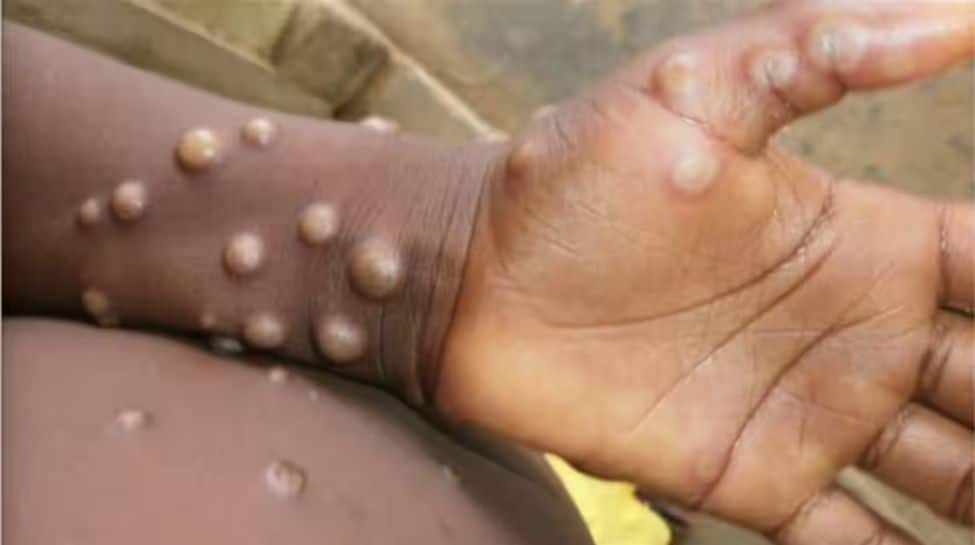In response to the growing global concern over Mpox, the Union Health Ministry issued an advisory on Monday to all states and Union Territories. This follows the World Health Organisation’s (WHO) declaration of Mpox (previously known as monkeypox) as a Public Health Emergency of International Concern (PHEIC). The advisory aims to boost preparedness, screen suspected cases, and trace contacts to prevent the spread of the disease.
The Health Ministry’s advisory is focused on strengthening the national response to Mpox by minimizing risks and ensuring prompt interventions. This advisory came a day after a suspected Mpox case was reported in a man who had recently traveled from a country experiencing active Mpox transmission. The individual is currently isolated in a designated hospital and is stable, with no immediate cause for concern. His samples are being tested to confirm Mpox.
Key Highlights of the Advisory:
1. Guidelines for Case Management: The Ministry has advised the dissemination of the “Guidelines for Management of Monkeypox Disease” across states and Union Territories to ensure uniform and effective case management.
2. Enhanced Surveillance Alert: An updated alert issued by the National Centre for Disease Control (NCDC) outlines comprehensive strategies for surveillance, testing, clinical care, and risk communication, which states and UTs are urged to follow.
3. Strengthening Public Health Systems: Officials are encouraged to assess and enhance public health readiness at the state and district levels, ensuring facilities are prepared to handle potential cases.
4. Isolation Facility Readiness: States and UTs have been directed to identify and equip isolation facilities within hospitals to manage suspected and confirmed Mpox cases, focusing on ensuring necessary logistics and trained personnel.
5. Training for Healthcare Workers: There is a call for re-training healthcare workers and surveillance units on updated protocols for case definitions, contact tracing, clinical management, and infection prevention.
6. Screening and Testing of Suspected Cases: The advisory emphasizes the importance of screening and testing all suspected Mpox cases through targeted and hospital-based surveillance systems.
7. Clear Communication on Risks: The advisory highlights the need for clear communication to healthcare professionals, health facilities, and the public about preventive measures and the importance of prompt case reporting.
8. Raising Public Awareness: Efforts are encouraged to increase community awareness about Mpox, its transmission methods, and preventive measures to prevent unnecessary panic.
9. Continuous Monitoring: The Ministry will maintain close oversight of the situation and provide ongoing support to states and Union Territories to manage the outbreak effectively.
On Sunday, the Health Ministry assured that India is well-prepared to handle isolated travel-related Mpox cases with robust measures in place to manage and mitigate risks.
The WHO declared Mpox a public health emergency of international concern for the second time last month due to its spread across many regions, especially Africa. Since WHO’s initial PHEIC declaration in 2022, India has reported 30 Mpox cases, with the last case detected in March this year.
According to WHO, since 2022, over 99,000 Mpox cases and 208 deaths have been reported across 116 countries. This year alone, more than 15,600 cases and 537 deaths have been recorded, exceeding last year’s total.
Mpox is a viral zoonosis with symptoms similar to those of smallpox, though less severe. The disease is generally self-limiting, lasting between two and four weeks, with most patients recovering with supportive care. Transmission occurs mainly through prolonged close contact, including sexual contact, direct contact with body fluids or lesions, and contaminated clothing or linen.

